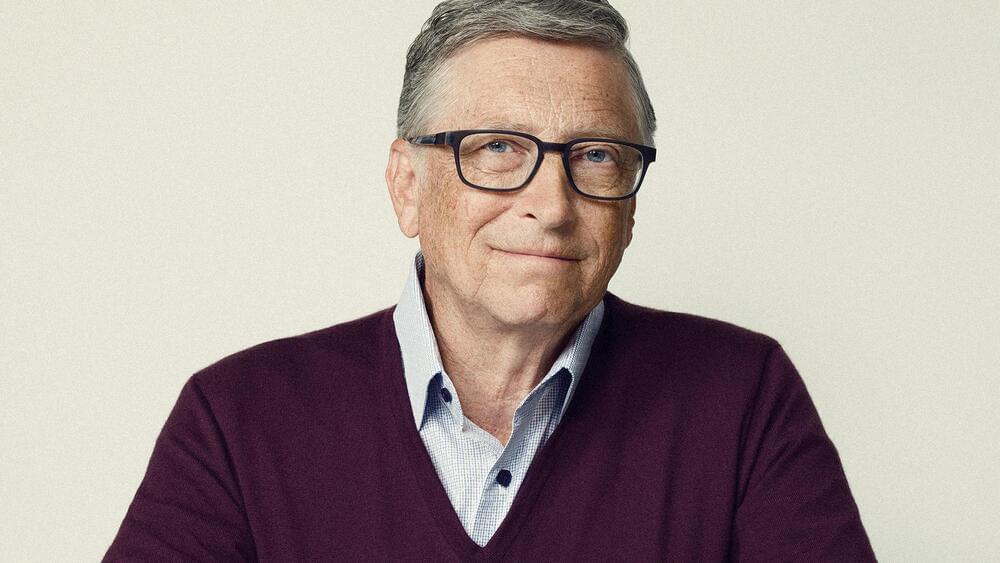Google said Monday it will release a conversational chatbot named Bard, setting up an artificial intelligence showdown with Microsoft which has invested billions in the creators of ChatGPT, the hugely popular language app that convincingly mimics human writing.
ChatGPT, created by San Francisco company OpenAI, has caused a sensation for its ability to write essays, poems or programming code on demand within seconds, sparking widespread fears of cheating or of entire professions becoming obsolete.
Microsoft announced last month that it was backing OpenAI and has begun to integrate ChatGPT features into its Teams platform, with expectations that it will adapt the app to its Office suite and Bing search engine.








